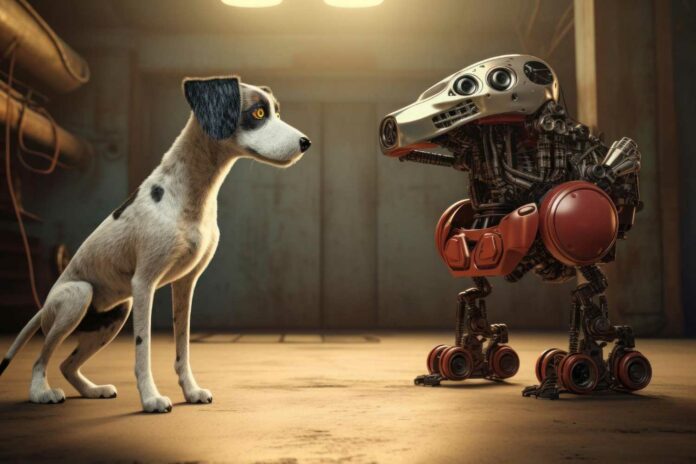Robotic movement strategies have frequently been inspired by animal behavior. However, in comparison to animals’ innate abilities, robots still lack.
An interdisciplinary team of scientists and engineers from top research universities thoroughly analyzed different aspects of running robots, comparing them with their animal counterparts, for a paper published in Science Robotics. The study aimed to determine why and quantify the reasons behind robots’ performance deficits. According to the measures engineers employ, biological components fared surprisingly poorly compared to manufactured elements, according to the report.
However, animals shine in the integration and control of those components.
The researchers examined each of the five “subsystems” that go into making a functioning robot—Power, Frame, Actuation, Sensing, and Control—and contrasted their findings with those of biological systems. It was once widely believed that animals’ greater biological components must explain their higher performance over machines.
Tom Libby, Senior Research Engineer at SRI International, said, “The way things turned out is that, with only minor exceptions, the engineering subsystems outperform the biological equivalents — and sometimes radically outperform them. But also what’s very, very clear is that, if you compare animals to robots at the whole system level, in terms of movement, animals are amazing. And robots have yet to catch up.”
More optimistically for the field of robotics, the researchers noted that if you compare the relatively short time that robotics has developed its technology with the countless generations of animals that have evolved over many millions of years, the progress has been rapid.
Drs. Sam Burden, Associate Professor in the Department of Electrical & Computer Engineering at the University of Washington, said, “It will move faster because evolution is undirected. Whereas we can correct how we design robots and learn something in one robot and download it into every other robot, biology doesn’t have that option. So there are ways that we can move much more quickly when we engineer robots than we can through evolution — but evolution has a massive head start.”
Robust-running robots are not just an engineering difficulty; they have many possible applications. The technology can handle hazardous items, conduct searches in dangerous areas, and resolve “last mile” delivery difficulties in a world built for humans but frequently difficult to maneuver for wheeled robots.
According to scientists, this study will help direct future development in robot technology, emphasizing not building a better piece of hardware but understanding how to integrate and control existing hardware better.
Dr. Max Donelan, Professor at Simon Fraser University‘s Department of Biomedical Physiology and Kinesiology, said, “As engineering learns integration principles from biology, running robots will become as efficient, agile, and robust as their biological counterparts.”
Journal Reference:
- Samuel A. Burden, Thomas Libby, Kaushik Jayaram, Simon Sponberg, J. Maxwell Donelan. Why animals can outrun robots. Science Robotics, 2024; 9 (89) DOI: 10.1126/scirobotics.adi9754
